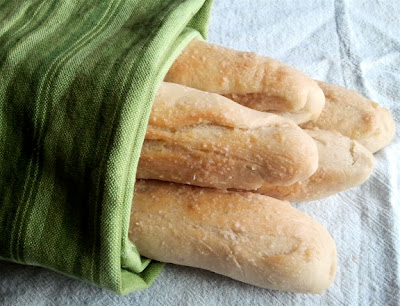CLICK HERE for cuts from other animals
See also Tips: Burgers and Tips: Steaks and Cow Parts

Meat Grades
• Longue ?
• Sterling . Restaurant Quality . More expensive than Prime, but worth it.
• Prime . Omaha Steaks . Very expensive . Best for home chefs . Lots of marbling . About $3 more than choice
• Private – Might just be Fry’s Foods
• Choice . Most common . Fairly inexpensive, fairly tasty
• Select . Little marbling . Stay away except for stews, etc.
Fore Shoulder . Chuck
. Top blade roast . Above the shoulder blade
. . . A fair amount of fat, and a pretty good choice
. Chuck seven bone roast
. Chuck Eye roast . In the center of the ribs
. . . Lots of flavor, a little bit more fat . Best choice
. Chuck shoulder roast . Cut into ribs sometimes
Ribs . Just behind the chuck and in front of the loin
Back Side . The Round
. Top Round Roast
. Bottom Round Roast
. Bottom Round Rump Roast
. Eye Round Roast
inexpensive, but not a lot of fat and not a lot of flavor
these are fairly tough, and require a long cooking time and lots of spices
.
.
Loin . center back of cow
.
Brisket front breast of cow . above fore legs
.
.
.
Sirloin . Just behind loin, in front of round
. Rib Roast . 1st cut
. Rib Roast . 2nd cut
. Tri-Tip Roast
. Top Loin Roast
. Tenderloin
. Top Sirloin Roast . Lots of flavor . Cooks more quickly







